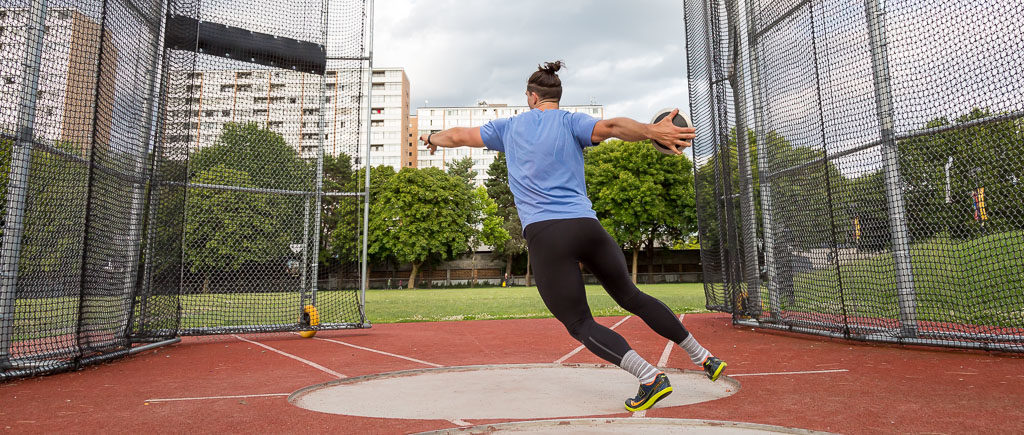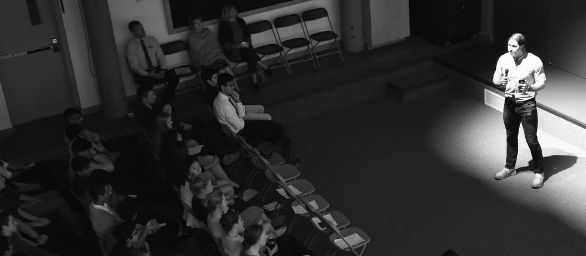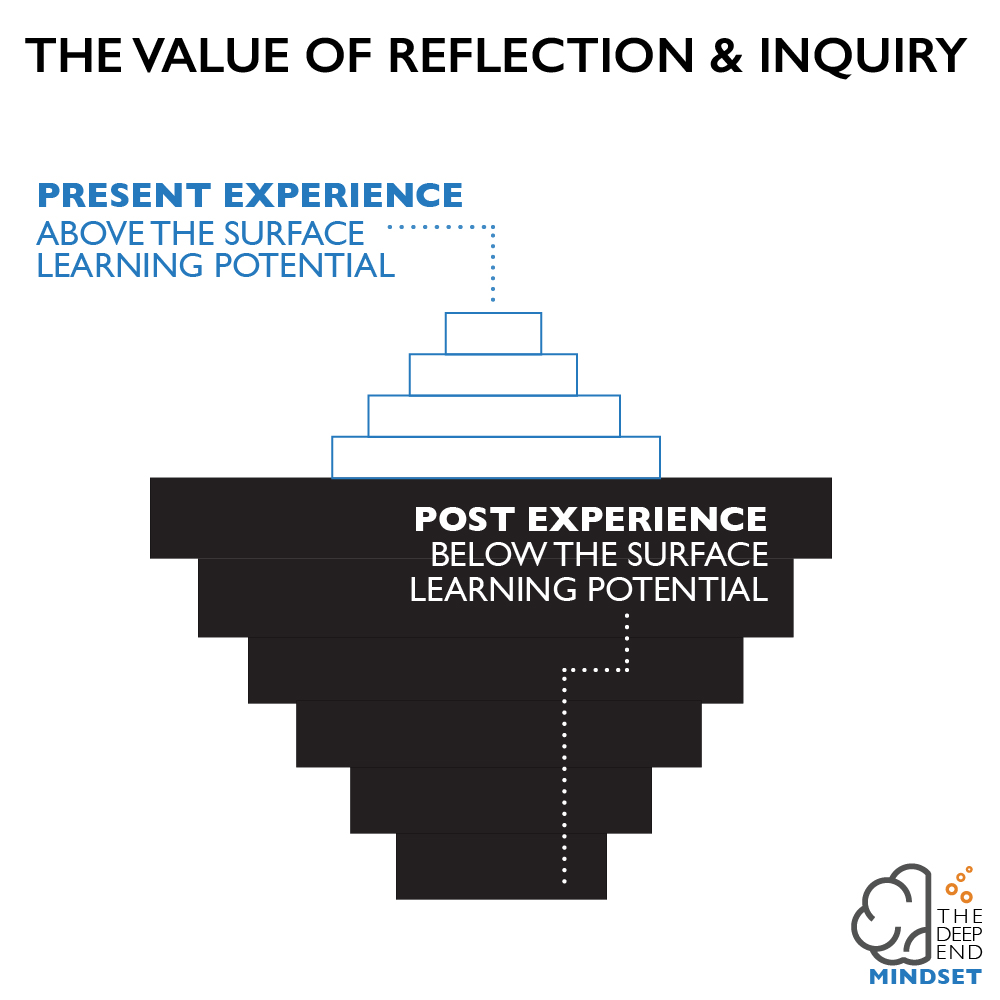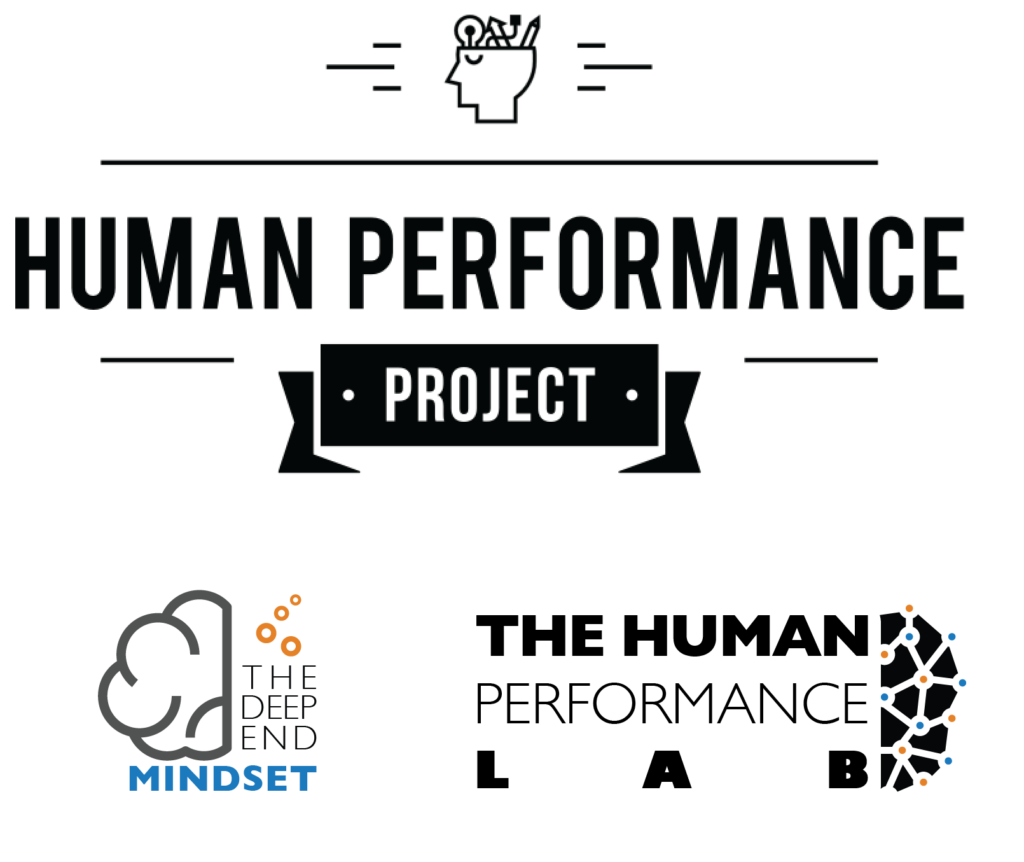The world will pull you in a million directions…
I’ve come to realize I’m guaranteed two things when I share my story of choosing Portland State University as the NCAA Div 1 school I would attend.
Dropped jaws and Laughs.
This comes as a result of hearing the backstory to this decision – the fact that I turned down several Ivy League schools and the best basketball program in the history of NCAA sports, UCLA. Yes, all were on my doorstep, scholarship in hand.
Ever since making this decision over 10 years ago I have had to live with the laughs, humiliation and judgement from the outside world. “Tyrell, how could you have ever passed up the best academic schools in the world? How could you have been so stupid to pass up UCLA?”
Early on I would retreat back into my introverted head, trying to protect myself from the pain of humiliation and embarrassment that was predictable anytime I told this story. The feedback was so overwhelming. The voices in my head were almost immediate…
“I can’t believe you screwed up the biggest decision in your life.”
“How could you have been so naive?”
“You’re a joke – everyone is laughing at you.”
Unpacking the wisdom underneath our decisions
It took me 10 years of digging and unpacking this decision to really deconstruct what was going on – “Why” did I make this seemingly crazy decision?
I thought to those weeks and months when I was in the thick of this decision as a 16 year old boy. I remember my parents stating two things 1) we completely support you in this decision 2) this needs to be your decision to make.
This is essentially what the playing field for my decision looked like
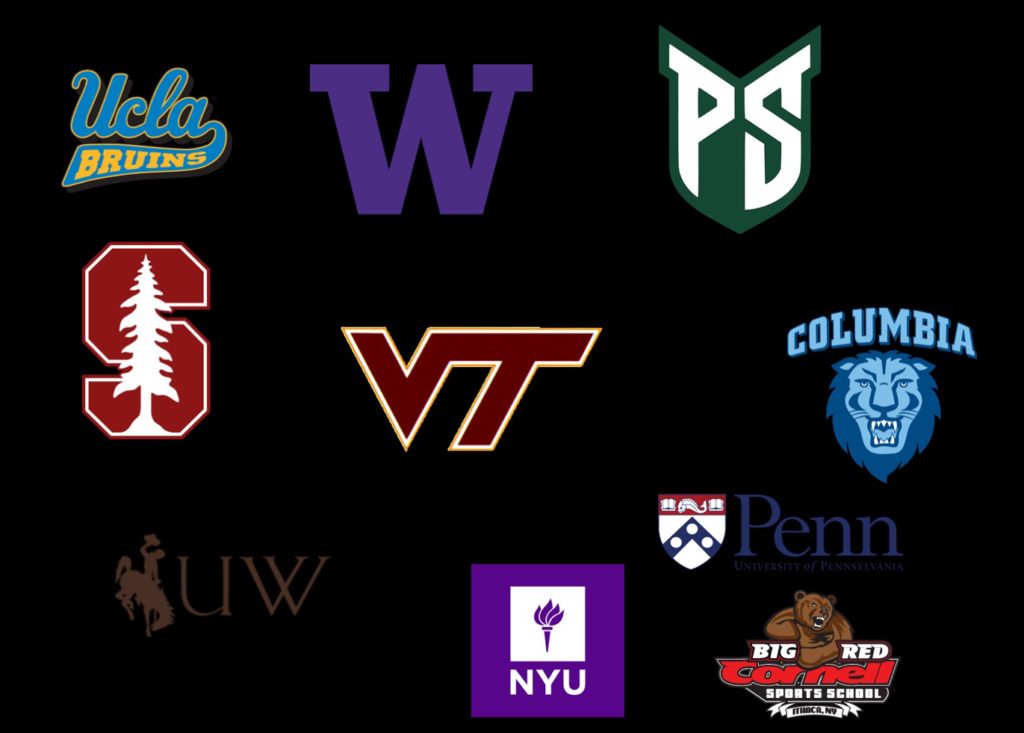
Reluctantly, most likely after almost losing my mind trying to make this quarter million dollar decision on my own, my dad took a bit of grace on me and shared a little secret that would help frame my process.
3 Golden Rules
“Tyrell, I want to share something I do when I have to make really hard decisions. I write down my 3 Golden Rules that must be true in order for the decision to be a viable option. In other words, once I have established those 3 most important things that must be true of the winning option, if any possibility on your list doesn’t fully meet even one of the criteria, it is out – no questions asked.”
Yes! A lead. Some direction! I was so excited and spent the rest of the day thinking about what my 3 Golden Rules would be. I remember this in itself being an incredibly challenging process – at 16 years old what were the things that were going to define the most important pillars of my life for the next 4 years?
What did I want to stand for?
After a couple of days of deliberation, this is what followed:
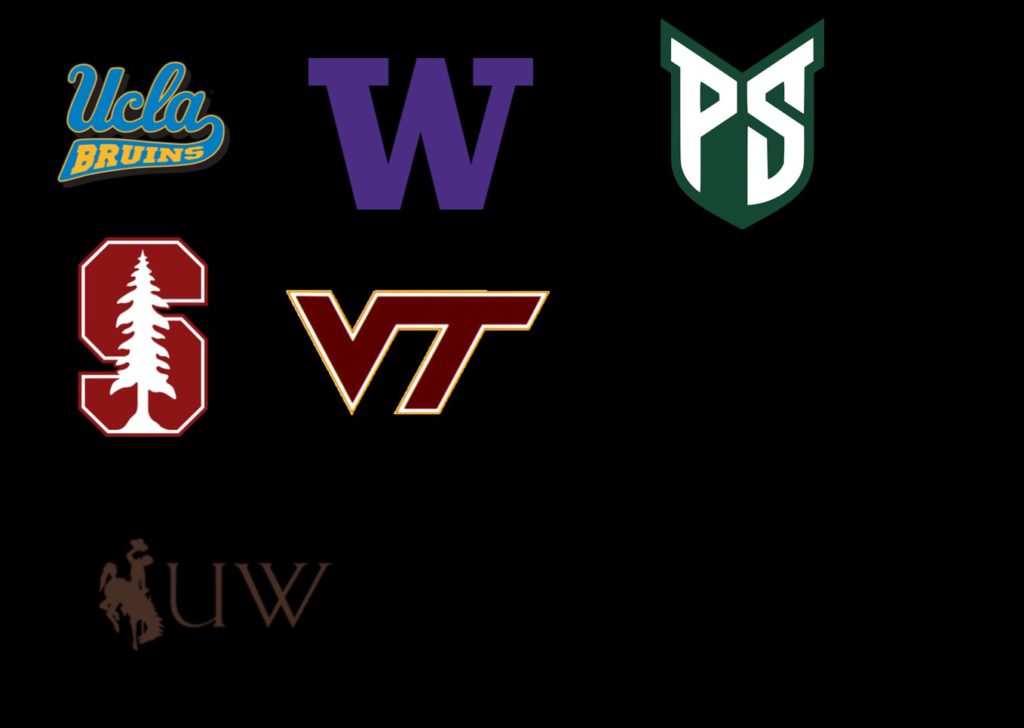
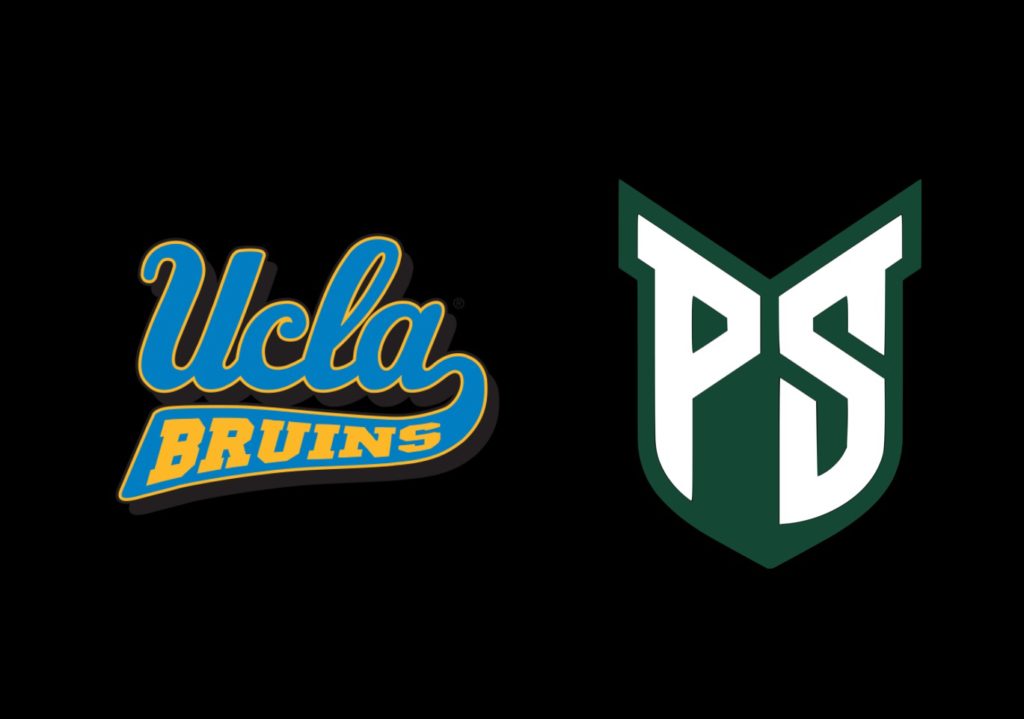
3. Must have the opportunity to be an impact player.
This one was so important to me. I knew in my mind I had worked too hard, invested too many 1000s of hours to sit on the bench for 4 years.
And as I looked back to my list, the pill was a painful one to swallow. The 3 golden rules had done their job and I was left with one clear winner.

Portland State University. And despite even before signing I had people begin to tell me I was crazy and making a major mistake, the decision was clear in my mind.
Yes, you may be calling me crazy at this point – just wait, it gets better.
Curveballs from the Universe
What many don’t know is weeks after signing my scholarship and making that fateful decision – the coaching staff who saw me as the next cornerstone player of the program, got up and left. They had the opportunity to upgrade to Wyoming University – and we were left with a decision of do I go with them to a program essentially in the gutter, or do I stay at PSU with the biggest puzzle piece of the decision (the coaches) being a complete mystery.
- I forced my coaches to put the role of “team captain” to a vote instead of simply being directed and earned this honour 2 and a half of my 4 years.
- I helped lead and captain our team to the school’s best consecutive season’s in school history, our first 2 conference championships, and first 2 NCAA march madness tournaments. Ever.
- I was able to lead the entire athletic department’s Student Athlete Advisory Committee – a group that guides and represents the entire athletic body.
- I earned a seat on the President’s Student Advisory Board or small council.
- I was one of 20 students to represent our 28,000 student population as an Ambassador between administration and student population.
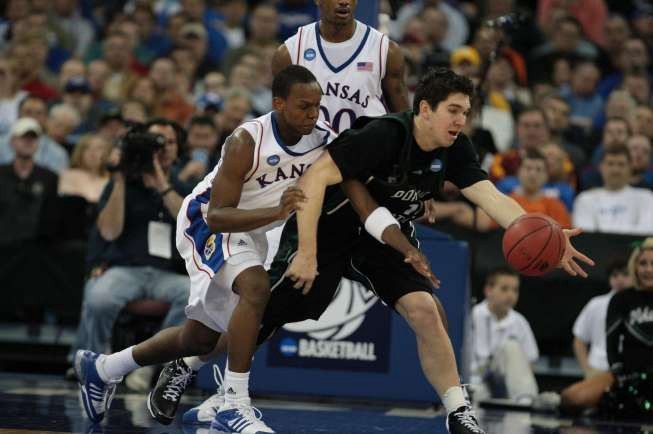
Reframing decisions to serve our future
And you know what?
13 years after that decision I look back with an ever growing sense of pride and appreciation. As I’ve realized with many hard things in my life, the insecurity and embarrassment of perceived failure that plagued me in the early years has transformed to a subtle swagger and deep knowing of myself that no one can strip from me.
If I could go back and do it all over again, I wouldn’t change a thing. Thanks to my parents incredible support and my dad’s 3 Golden Rules I realized this was one of the biggest Values Based Decisions I had ever met in my life. And it was a practice of “stepping up and stepping out” as the whole world was telling me I was making a terrible decision.
Let me take a final moment to describe the “Why” behind these statements of pride and self knowing…
I am a leader. I have leadership genes all throughout my DNA. And I am addicted to pushing my absolute limits – finding my breaking points and pushing way beyond them in pursuit of seeking both individual and team high performance.
This is what defines me as a human being. And this is exactly the experience Portland State (and only PSU) provided me – more than I could have anticipated even on that signing day.
If I wanted the fame and glory, a comfortable spot on the bench with no worries and no stress – UCLA would have been a dream come true.
And guess what. Had I attended UCLA I would have played in 3 consecutive NCAA Final Four appearances. Yes, I can that crazed look on your face as you consider this.
Do I think about what that would have been like? Absolutely, the visions of stardom and celebrity are easy to conjure.
But they simply fade away just as quickly – not just in my mind but also in reality for all of those players who were on the bench at UCLA during that chapter.
No, that’s not for me. This idea of arbitraging the learning opportunity of life is something that excites me much more. Yes, it is almost always a more humble path. It is based in the accumulation of hundreds and thousands of small decisions. It takes into account the compounding effect of this learning and growth over the course of our lifetime.
And that sits just right with me, because I’m in it for the long game.

